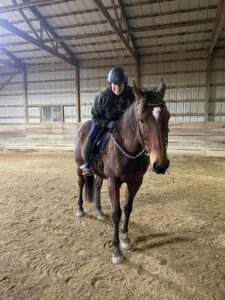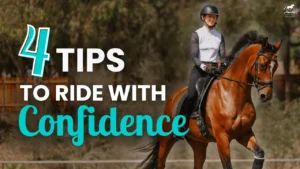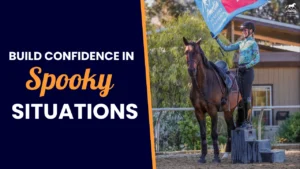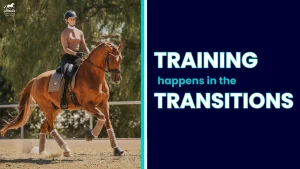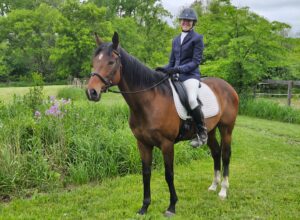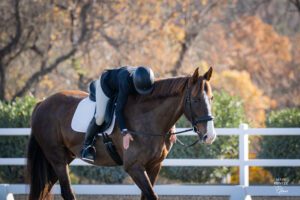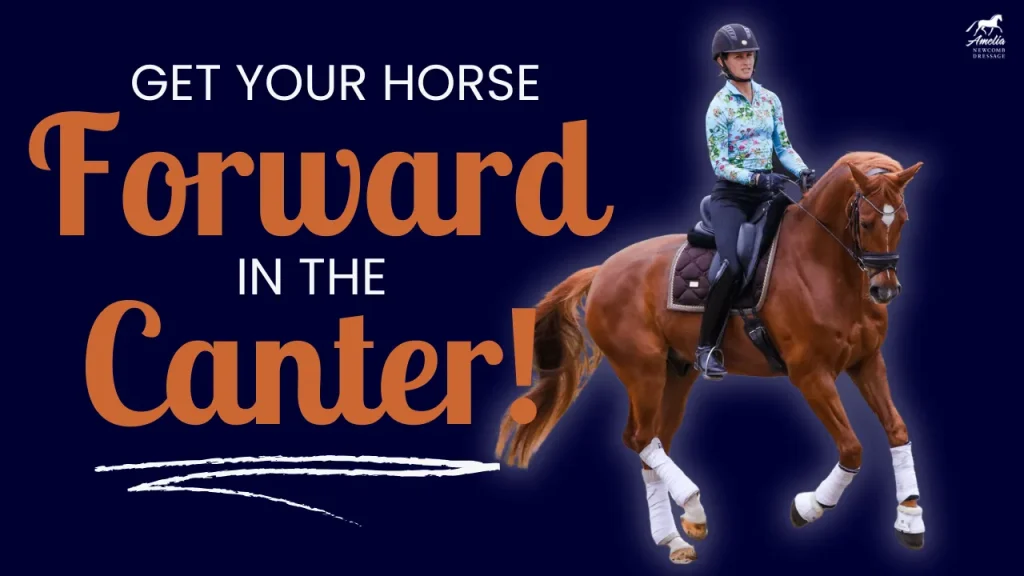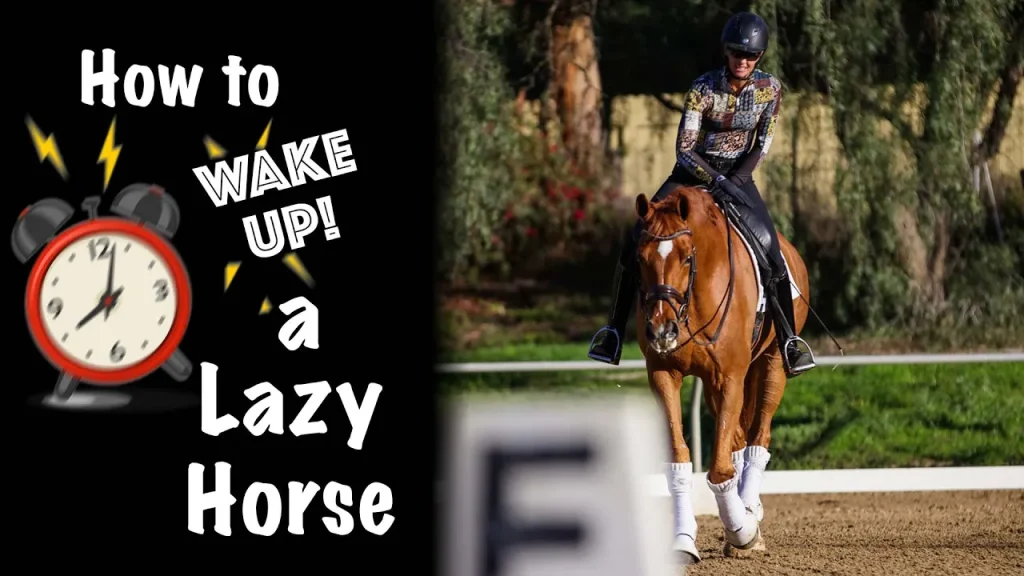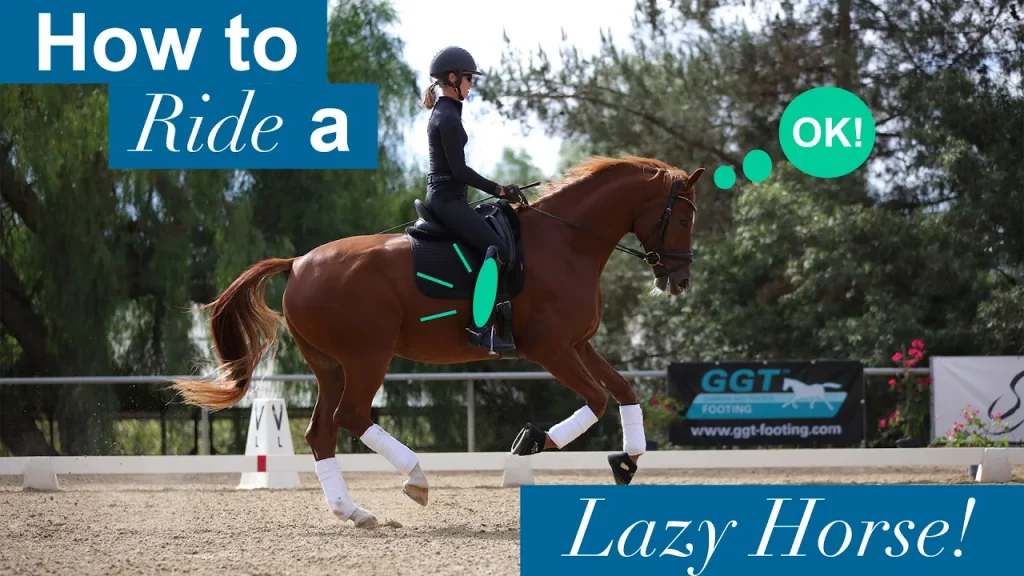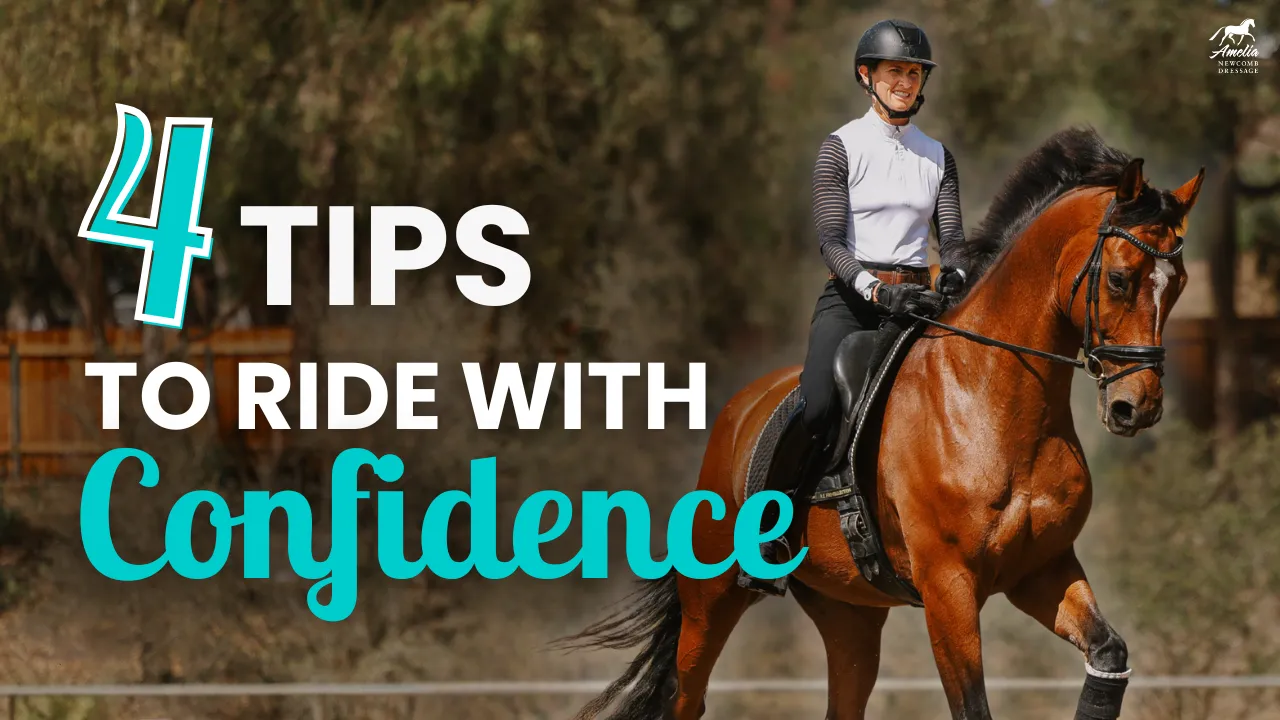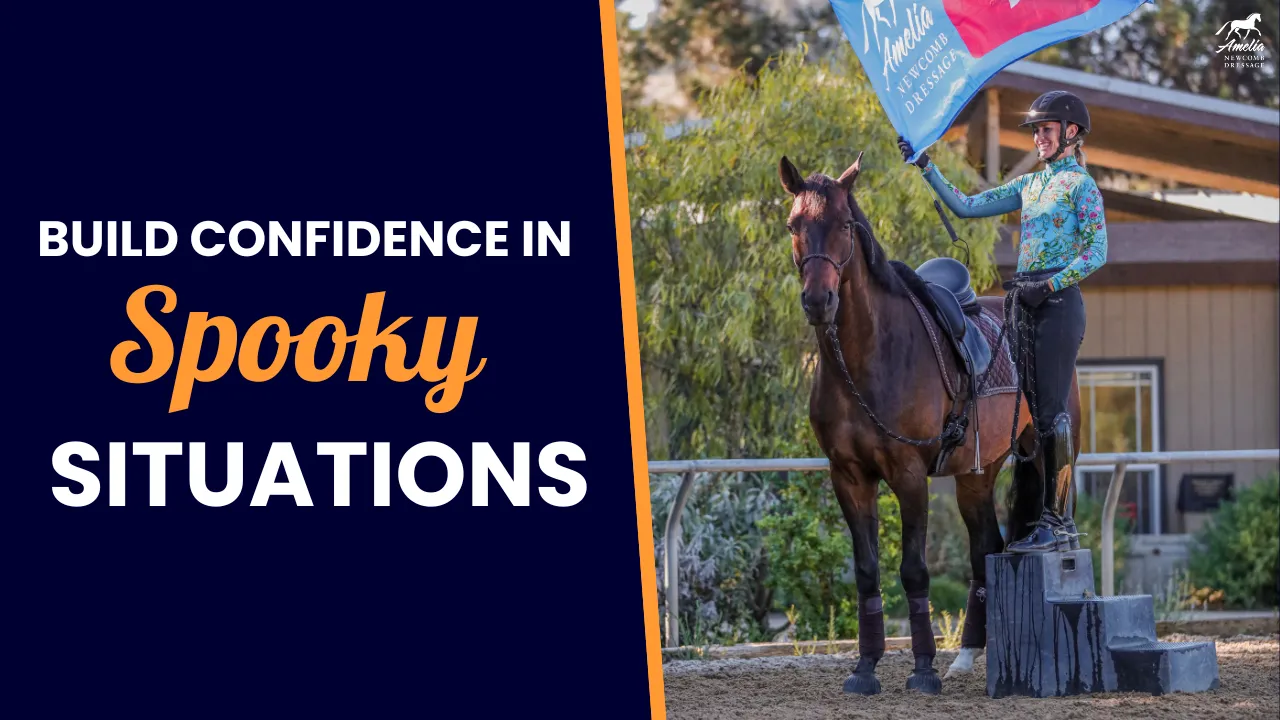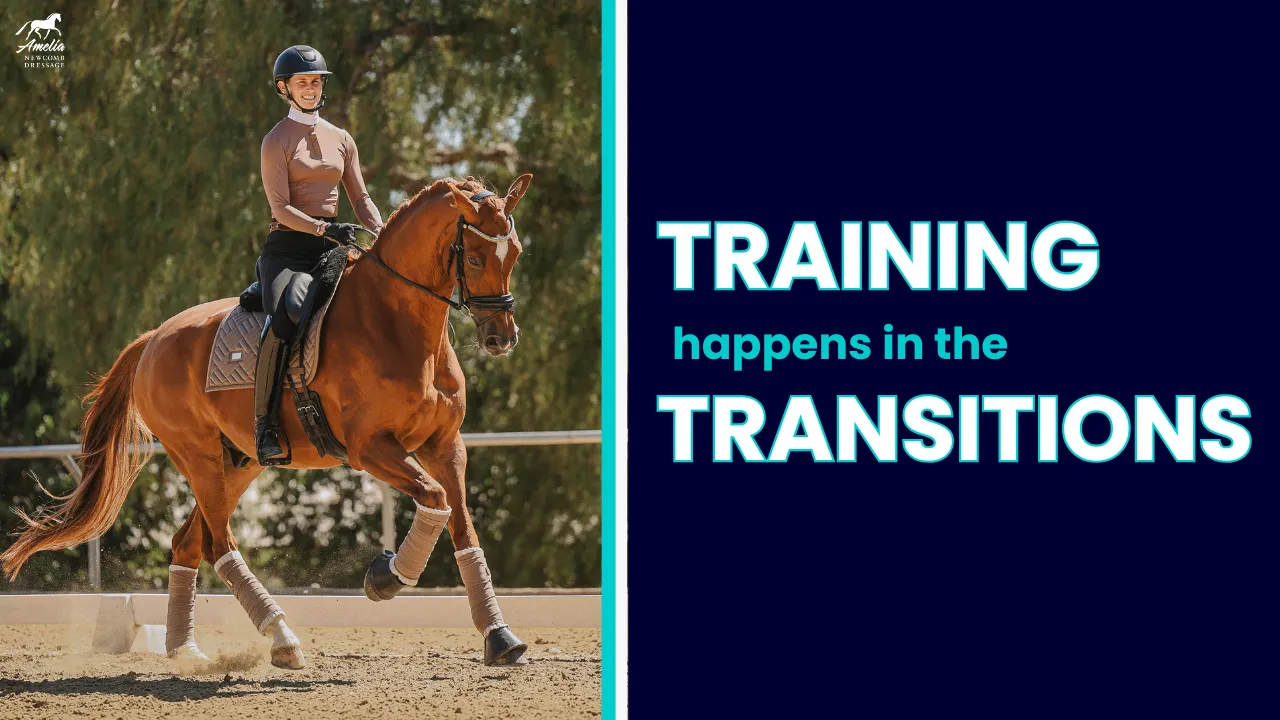If you’ve ever struggled with a horse that feels lazy, unresponsive, or lacking energy, you’re not alone. Riders often ask, “How can I make my horse hotter and more reactive to my aids?” The answer lies in both mindset and technique. Here’s how to transform your “lazy” horse into a forward-thinking, engaged partner.
1. Understand the Root Cause
Horses aren’t naturally lazy—they’re flight animals designed to respond quickly to danger. If a horse seems lazy, it’s often a result of training. Riders may unintentionally dull their horse’s sensitivity by overusing aids, clamping with their legs, or not allowing the horse to move forward freely. A “lazy” horse is often a reflection of how it’s being ridden, so start by examining your habits.
2. Mental Preparation
Before you can make your horse more reactive, you must prepare yourself. A forward horse brings energy, and it’s essential that you’re ready to channel that energy rather than restricting it. When your horse responds, avoid pulling back with your reins or clamping with your legs—go with them and reward their effort.
The Secret: Quick, Frequent Transitions
Transitions are the key to getting your horse hot and responsive. Practice sharp, quick transitions such as:
- Walk to trot
- Trot to canter
- Canter to halt
- Big canter to small canter
The goal is to keep your horse anticipating what’s next, making them sharper to your aids. Avoid long, monotonous stretches at the same gait—this reinforces dullness. Instead, think “go-stop-go-stop,” keeping your horse on their toes.
4. Change Your Riding Approach
If your horse doesn’t respond to a light aid, follow up with a clear correction. For example, if you ask for canter and don’t get a response, give a firm leg aid or even a tap with the whip. Reward any forward effort, but ensure there’s a consequence for ignoring your aids.
5. Keep It Fun and Forward
Horses trained for disciplines like cow work or jumping often stay hotter because they must anticipate quick changes. In dressage, focus on maintaining this same sharpness by mixing up transitions and keeping your horse mentally engaged.
By rethinking your approach and using these techniques, you’ll soon have a horse that’s forward, responsive, and ready to perform. Remember, a “lazy” horse is often created by training—so take responsibility, change your strategy, and watch your horse transform!
Happy Riding!
Amelia
